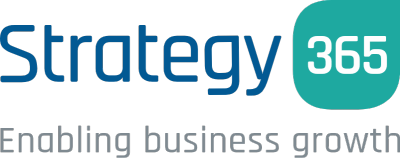Dynamics 365 vs Salesforce
Comparing the two major CRM software suppliers
When researching CRM systems, Dynamics 365 and Salesforce are often compared; we cover the reasons why Dynamics comes out on top
Flexibility
While Salesforce allows for some customisation, Dynamics 365 makes it easy to introduce business-specific entities, fields and processes, ensuring that the resulting system is the best fit for a business. In addition, the more technical Salesforce customisations have to be carried out in its own proprietary language, Apex, which can make it difficult to migrate away from Salesforce if required.
Value for money
Although both platforms occupy the premium end of the CRM market, Dynamics 365 allows for significant savings. For light users, a more affordable team member license is available. Also, Salesforce licenses are billed annually, meaning higher initial expenditure and commitment. Salesforce also suffers from hidden costs of add-ons to replicate functionality that is built in to 365.
CRM and ERP
Both Salesforce and Dynamics have traditionally been CRM platforms, but with the newest release of Dynamics 365, Microsoft has also introduced its ERP functionality to create a unified product, covering financial, manufacturing, and supply chain management software in addition to the core Sales offering.
Office product integration
Many businesses use Microsoft Office products for their core productivity tools, and this ubiquity means Dynamics 365’s Microsoft foundations make it an obvious favourite for tighter integration between Outlook and CRM data. Also, the single sign-on means that there is no break in the user experience when switching between platforms.
User experience
Both Dynamics and Salesforce have evolved over the years to take advantage of the latest browser technologies, but while both the Dynamics 365 and Salesforce Lightning interfaces have massive improved in recent years, some Salesforce tasks have to be carried out in the ‘classic’ interface, resulting in breaks in user process flow.
Reporting
Both Dynamics 365 and Salesforce platforms have built-in reporting, enabling non-technical users to build straightforward reports and charts around their business data. However, as Dynamics is part of the Office suite, it is able to leverage the functionality of Power BI, to produce insightful reports and dashboards to help get the most from your data.


